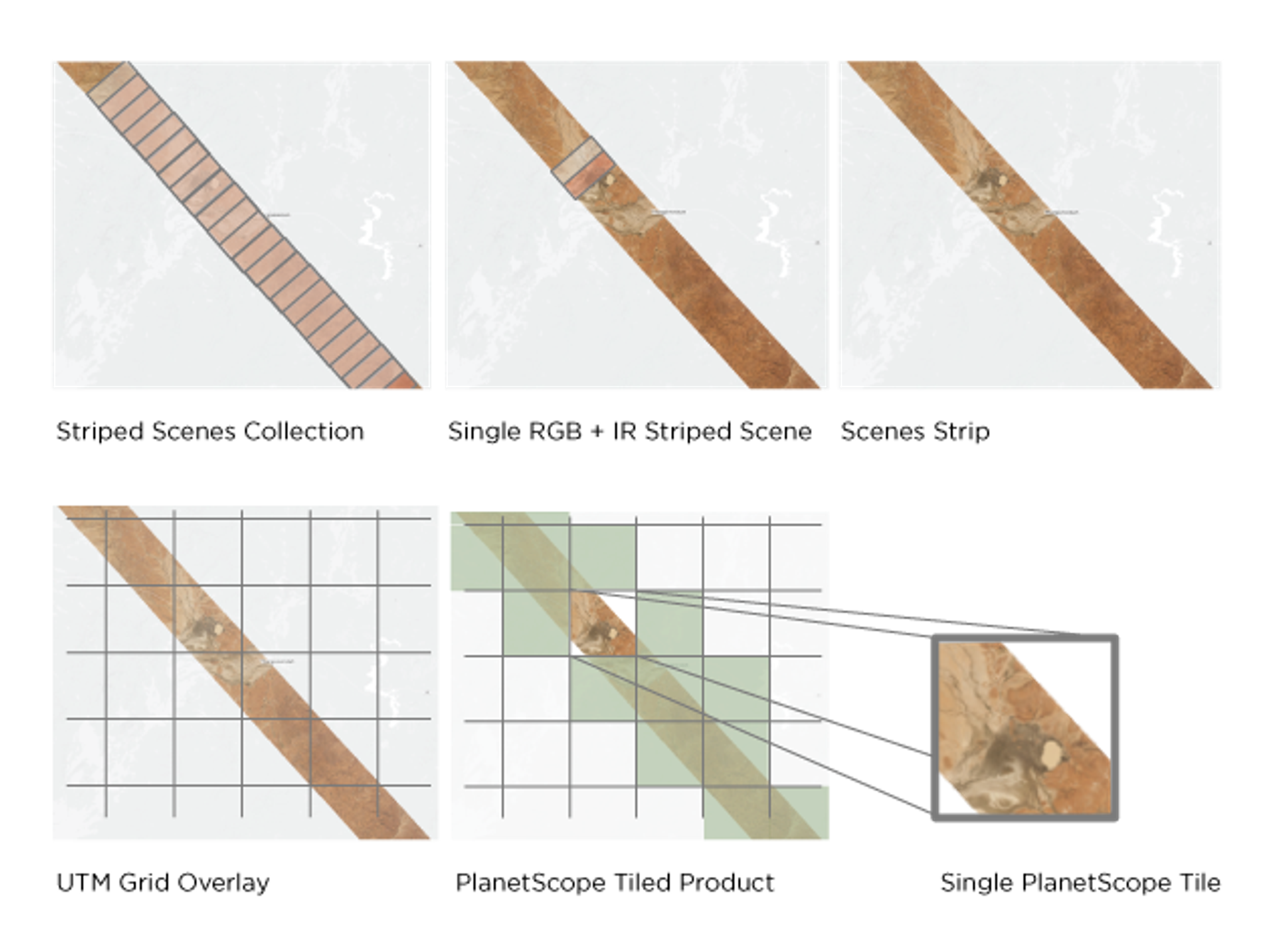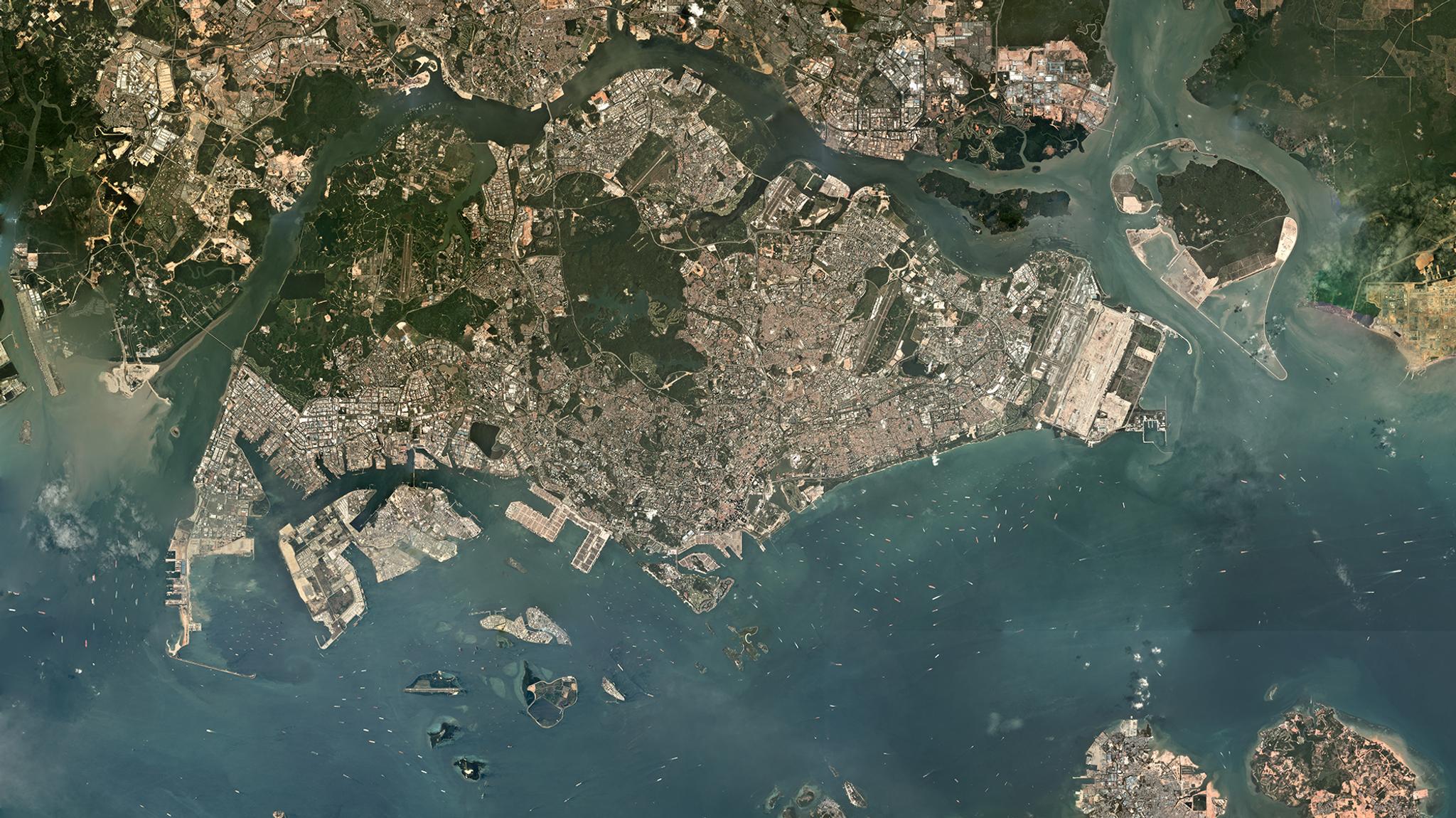Planet’s Framework for Analysis Ready Data
Anyone who works closely with geospatial data knows that there is a great deal of labor involved in preparing the data before analysis begins. In fact, much of modern geoprocessing systems are set up to make the data ready for analysis. The industry understands that geospatial data must become more user-friendly and accessible if it is to be leveraged by broader audiences. Out of this context, the idea of “analysis ready data” (ARD) emerged. An easy way to think of ARD is deep stacks of data prepared for someone to analyze with all of the pre-processing work already completed. At Planet, we are doing a lot of thinking about how to make it even easier for our user community to bypass pre-processing steps and dive into the interesting stuff – analysis. While much of this work is evolving, we can say today that there are a number of key ingredients of ARD that matter at Planet. Radiometry – Calibration and Atmospheric Correction We dedicate a lot of resources to ensuring the radiometric integrity and quality of our imagery. There are a number of unique challenges that Planet must address given the number of satellites in the constellations we are managing. The biggest one is maintaining consistency between sensors and over time. We keep radiometry consistent by cross-calibrating Doves, RapidEye, and SkySats using the same ground calibration targets, and having a consistent process for converting our data to surface reflectance. Using surface reflectance allows users to apply the same algorithms to different data sources and get consistent results that aren’t impacted by the effects of the atmosphere over time. Surface reflectance assets are currently available for PlanetScope imagery, and will soon be available for RapidEye. [caption id="attachment_4029" align="aligncenter" width="800"]



Ready to Get Started
Connect with a member of our Sales team. We'll help you find the right products and pricing for your needs


